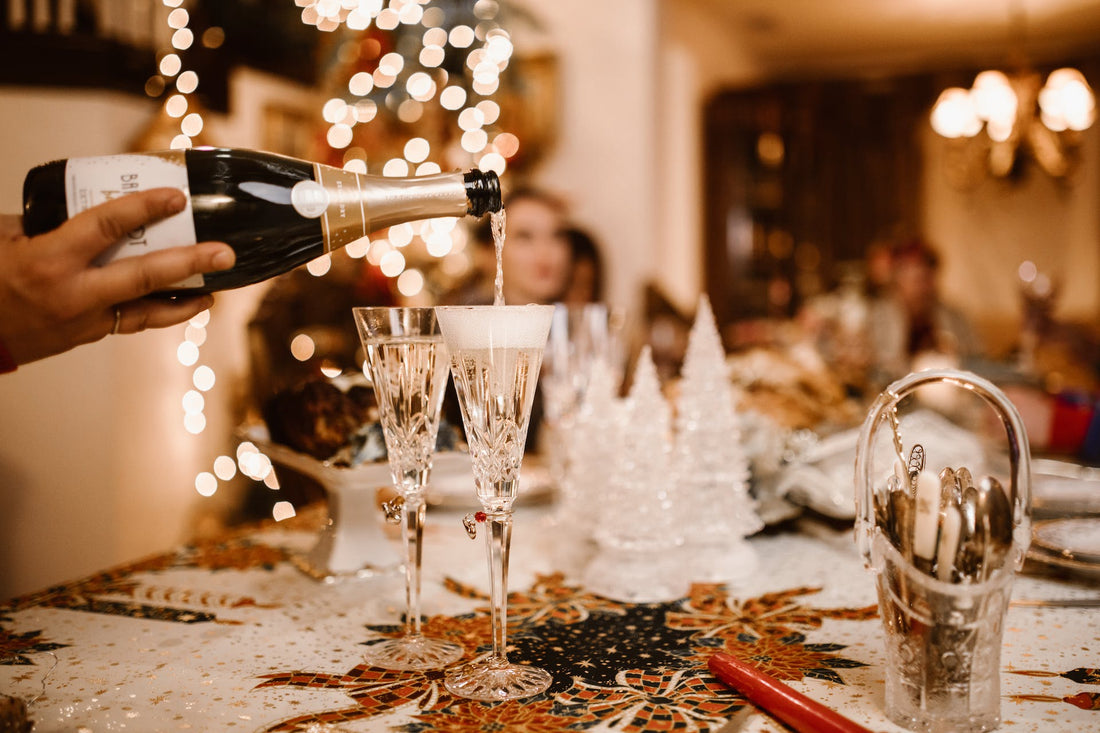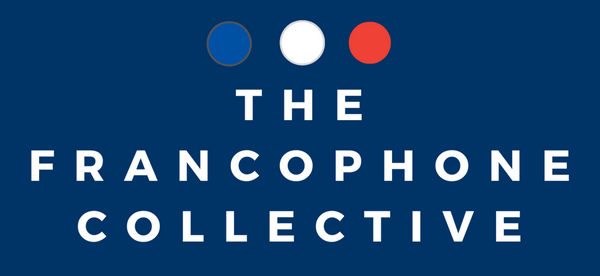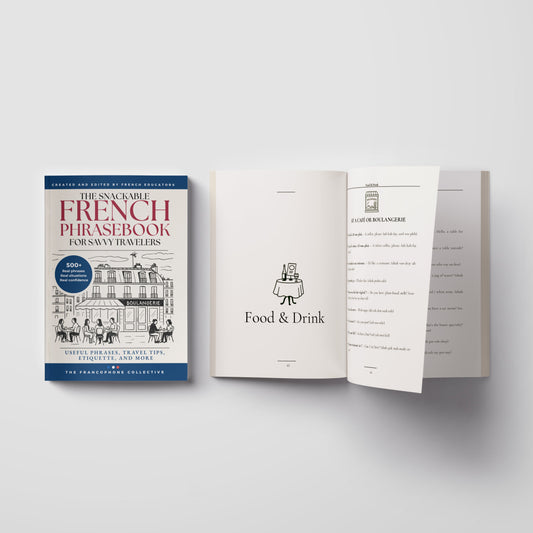
How champagne became everyone's favourite celebration drink
Champagne, a symbol of luxury and festivity, stands out in the world of wines with its unique characteristics. Originating from the Champagne region in France, its name is not just a label but a mark of authenticity and quality, protected under French law and the European Union's regulations.
This ensures that any bottle labeled as 'Champagne' meets stringent production and regional criteria. The 'méthode champenoise', Champagne's production process, is what imparts its famed effervescence. This involves a secondary fermentation in the bottle, a method that creates the wine's signature bubbles, a feature that distinguishes it from still wines. The primary grapes used in champagne production – Pinot Noir, Pinot Meunier, and Chardonnay – contribute to its distinct flavor profiles, ranging from light and zesty to rich and complex.
See also: How to tell where your French wine is from by looking at the bottle shape
The Historical Journey of Champagne
The story of champagne is as effervescent as the drink itself. The 17th century saw the accidental discovery of sparkling wine, initially considered a flaw, but it quickly gained popularity among the French nobility. Its status as a symbol of luxury was solidified when it became a staple at royal events, particularly during the reign of Louis XIV, who was particularly fond of this sparkling novelty.
The 19th century marked a pivotal moment in the history of champagne. Advances in the understanding of the fermentation process and improvements in bottle strength allowed for more consistent and safer production of the effervescent wine. It was during this time that the iconic shape of the champagne bottle was developed, designed to withstand the pressures of the secondary fermentation process.
Champagne's rise to a celebratory staple is also attributed to shrewd marketing strategies in the late 19th and early 20th centuries. Champagne producers positioned their product as a symbol of sophistication and elegance, essential at any significant celebration. This branding effort was remarkably successful, embedding champagne into cultural traditions worldwide.
 Photo by Johny Goerend on Unsplash
Photo by Johny Goerend on Unsplash
In-Depth Look at Champagne Production
The meticulous process of making champagne starts with the careful selection of grapes. The grape harvest in Champagne is often done by hand to ensure the highest quality. Following the harvest, the grapes are gently pressed, and the juice is fermented, transforming sugar into alcohol — a process common to all wines. The magic of champagne begins with the 'tirage', where a mixture of sugar and yeast is added to initiate secondary fermentation.
This step, unique to champagne production, is where the wine develops its sparkle. The bottles are then aged, often for many years, in cellars where they undergo a gradual metamorphosis, developing their complex flavors and distinctive champagne character. A crucial step in the champagne-making process is the 'riddling'. This involves gradually tilting and turning the bottle to collect the sediment in the neck, a process that used to be done entirely by hand but is now often mechanized.
Following this, the 'disgorgement' process removes the sediment, and the 'dosage', a mixture of wine and sugar, is added. This final step determines the sweetness level of the champagne, ranging from the very dry 'Brut Nature' to the sweet 'Doux'.
Champagne in Modern Times
Today, champagne holds a dual reputation as both a symbol of luxury and a beverage for all occasions. Its versatility and range have expanded, with producers creating everything from light, easy-drinking styles to rich, aged vintages that can rival the complexity of any fine wine.
Champagne houses, some centuries old, continue to blend tradition and innovation, maintaining high standards while experimenting with new techniques and styles. The cultural impact of champagne extends beyond mere celebration. It has become an integral part of many of life's milestones and triumphs.
Whether it's a wedding toast, a ship christening, or a New Year's celebration, the popping of a champagne cork universally signifies a moment of joy and celebration. The allure of champagne lies in its unique blend of history, tradition, and the meticulous craft behind each bottle. From its accidental discovery to its status as a global icon of celebration, champagne's journey is a testament to its enduring appeal and the cultural heritage it embodies.
As we raise our glasses in toast, we partake in a tradition that has been cherished for centuries, celebrating with a drink that is synonymous with joy, luxury, and festivity.
Top photo by RDNE Stock project




